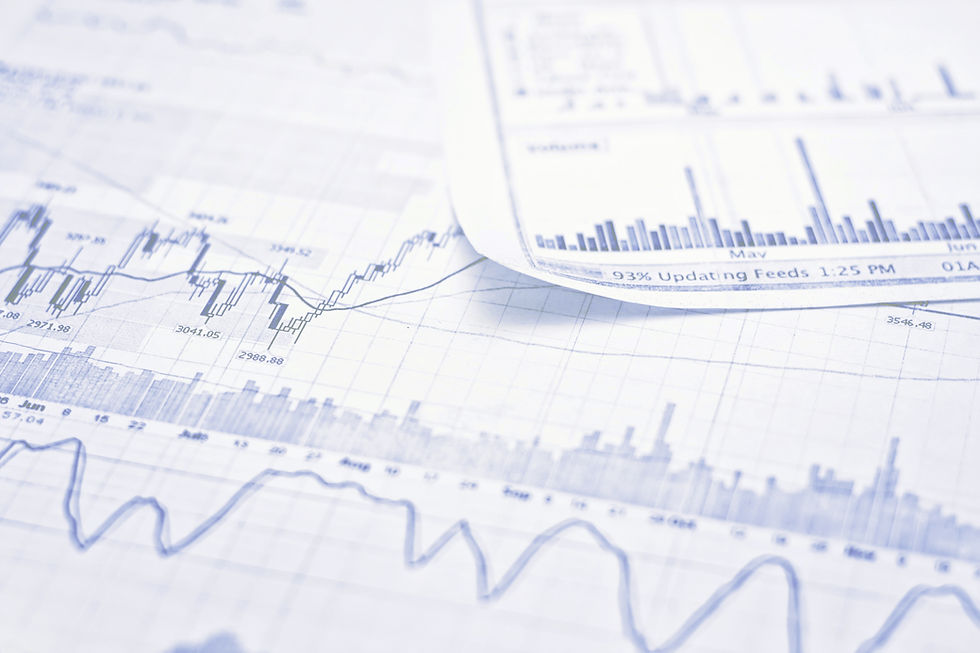'Tis the Season for Reporting
- James Howey
- Oct 6, 2017
- 2 min read

Are you ready for this years reporting?
With the festive season right around the corner, things like holiday plans, present lists and Christmas lunch come to mind. However before the holidays roll around, Queensland Drinking Water Service Providers should be asking themselves:
Are we ready for Drinking Water Quality Management Plan (DWQMP) Annual Report submission?
We’ve put together a quick set of questions to see how your organisation is faring.
When is the Annual Report due?
Annual Report submission to the Regulator is due 120 business days after the end of financial year, this year it falls on the 19 December 2017.
What should be in the contents?
The reportable period for the annual reports follow the financial year. Therefore this year the reportable period will be from July 2016 to June 2017. The annual report should include the following information:
actions taken to implement the DWQMP
implementation of the DWQMP Risk Management Improvement Program
summary of DWQMP amendments
compliance with water quality criteria for drinking water
confirm if the verification monitoring met the program identified in the DWQMP
summarise the period’s verification monitoring program
notification to the Regulator under sections 102 and 102A of the Act
customer complaints related to water quality
findings and recommendations of the DWQMP auditor
outcomes of the review of the DWQMP and how issues raised have been addressed
This list isn’t exhaustive, the Department of Energy Water Supply (DEWS) has published a fact sheet along with an annual report template available via:
https://www.dews.qld.gov.au/water/regulation/drinking/dwqmp-report
Does your data measure up?

Often water quality data is stored in a format that can prove challenging for trending and analysing water quality data. Even for simple statistical analysis such as calculating the mean, median, minimum and maximum of water quality results, data should be in a spreadsheet for accurate and efficient analysis. It may be a good idea to start thinking about moving data from lab reports, data collection sheets, plant diaries etc to spreadsheet format, as this can be time consuming, and a possible source of error.
HANDY HINT: Use conditional formatting to identify any water quality exceedences.
DEWS suggests to include the following information when presenting data:
parameters
unit of measurement (e.g. mg/L, ppb, MPN/100mL)
total number of samples collected
number of samples that did not meet the water quality criteria
maximum concentration or count;
Other things to remember
Under the Water Supply (Safety and Reliability) Act 2008, Annual Reports must be made publicly available, and Service Providers should publish them on their websites.
Annual Report submission and accuracy of submitted data are audit criterion, and will be verified during external audits.
If you require any assistance with your annual report please don’t hesitate to call us.




Comments